Maltipoo Vs. Labrador – What Is The Best Breed For You

Although these are two very different dogs, they have a lot of similar qualities. They are responsive, gentle, friendly, and intelligent.
Key Similarities
Both the Maltipoo and the Labrador are easy to train, good with children, and excellent dogs for a first-time owner. Both of these dogs almost have the same lifespan of between 10-15 years.
The Maltipoo and the Labrador are alert, loyal, loving, playful, and energetic.
Key Differences
One of the main differences between the dogs is the size, with the Maltipoo being 14 inches tall and the Labrador being between 22 to 25 inches. Also, the weight is a big difference, too, with the Maltipoo weighing between 4 to 14 pounds and the Labrador weighing between 60 to 80 pounds.
The Maltipoo does shed very little and is a good choice for a person who is allergic to dog dander. The Labrador sheds all the time, with heavy shedding twice a year.
The Maltipoo needs more maintenance and will need to see a groomer regularly. For example, a Labrador may need to go to the groomers to cut his nails, but he can be bathed at home. If you have a pool, he’ll be in it most of the time anyway.
Pros of Owning a Maltipoo
A Maltipoo is a perfect dog for an apartment. Plus, he won’t need too much exercise other than a rousing game of fetch and a walk. These dogs love to lie in their owner’s lap and interact with family members.
They are cheerful little dogs that love to interact with people and other pets.
Pros of Owning a Labrador
A Labrador is a perfect dog for a person who has a house and a big fenced-in yard. Plus, if you’re an active person, a Labrador will have no trouble keeping up with you. He isn’t a good watchdog but will alert you to someone at the door. Plus, his sheer size is a good deterrent for anyone trying to enter your home without your permission.
Who Should Own a Maltipoo?
A person who lives in an apartment, someone who wants a lap dog, or a senior who wants a companion dog.
Who Should Own a Labrador?
A person who has a large fenced-in yard. Someone who wants a dog that is active and keeps up with them. A person who wants a kid-friendly dog or a person who has never owned a dog before.
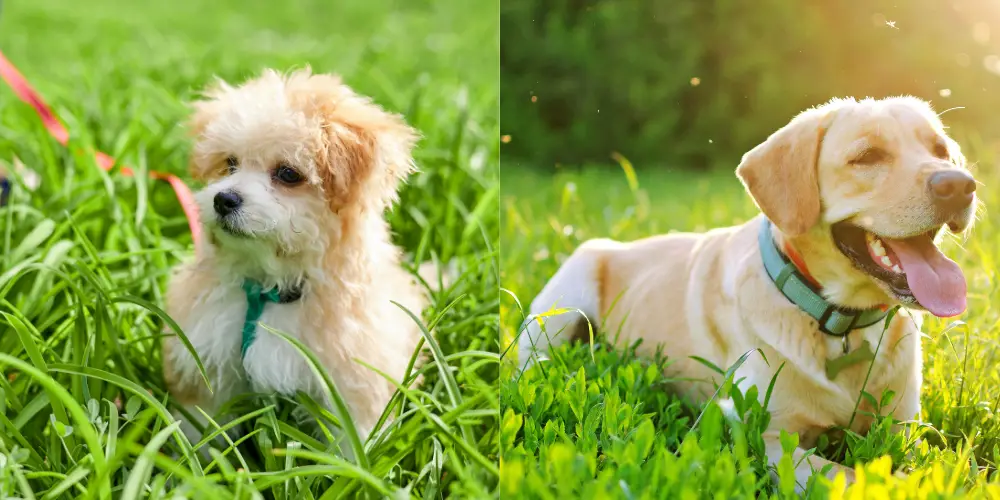
All About the Maltipoo

History
The hybrid was established in the 1990s to bring together the Maltese and the Poodle traits together. The other opinion was that the breed was created for people with allergies since the dander is low.
Size & appearance
These are small dogs about 11 inches in height and about 5 to 18 pounds in weight. Your dog could look like either one of his parents or both of them. The eyes are usually brown, but sometimes the eyes can be blue, although it is rare. Their ears are floppy, and the tails curl over the dog’s body.
The coat color can be any combination of their parents. For example, most of the time, a Maltipoo will have the thick and curly coat of the Poodle parent. But sometimes, the coat of the Maltese parent will show up, so the coat will be long and flowing.
Lifespan
The life span can be between 12 and 14 years.
Guard dog or Family
These dogs are known to be family dogs but can become protective of their family members. Sometimes this protectiveness can turn into guard dog behavior.
Training & behavior
The Maltipoo is somewhat easy to train if you’re consistent and use the reward method. They love to be taught new tricks, adjust well to a new environment, and settle in quickly.
Shedding, grooming, and maintenance
No matter which type of coat your Maltipoo will have, both will need to be brushed daily. Also, your dog will need to be professionally groomed about every 6 weeks.
Depending on how much Poodle your dog has in him will depend on how much he sheds. He will also need to have his ears cleaned, so your dog doesn’t get an ear infection.

Health issues
For health issues, the most problematic are luxating patella, tracheal collapse, eye issues, white dog shaker syndrome, liver issues, and Legg-Calve-Perthes disease.
Always ask to see the health certification of both parents before buying your puppy from the breeder.
All About the Labrador
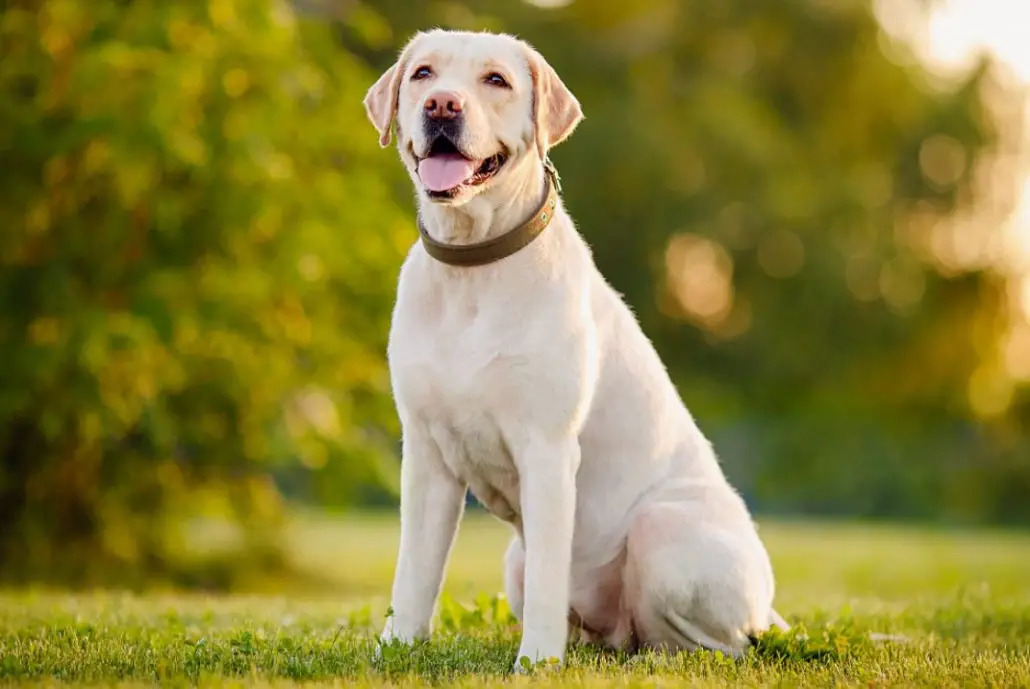
History
In the 1800s, some multipurpose dogs used by hunters in North America were shipped to England. Some of the dogs were Newfoundland types, and smaller ones were called St. John’s dogs.
In England, the breed was refined and developed into the Labrador recognized today.
Size & appearance
These are not small dogs. A Labrador Retriever will weigh between 55 and 80 pounds, with the male being 23 inches at the withers and the female being 22 inches.
The Labrador is a solid, sturdy dog with a strong body and sturdy legs. They are listed in the medium dog category, but this breed looks larger because of the sturdy build. A field line-bred dog is a little thinner in body and a bit taller.
Your Lab’s head is broad, with large expressive eyes and hanging ears. His tail is thick and sturdy and can clear off an inn table in seconds. The feet of a Labrador are webbed with more extended skin between his toes to aid in swimming.
A Labrador will reach his adult height within six to twelve months. But he won’t completely fill out until he’s two. Plus, he will still have a puppy attitude until he’s almost three.
Lifespan
The life span is between 12 to 14 years.
Guard dog or Family
Labradors will protect their families, giving an alert bark when someone is at the door. But in the same respect, they can knock the person down with their enthusiastic greeting at the door.
Shedding, grooming, and maintenance
Your Retriever has a short, dense coat that doesn’t get matted or tangled. You actually only have to bathe your dog a couple times of the year. But this breed does enjoy rolling around in the mud, plunging into any water he can find, and getting into questionable messes. When this happens, you will want to bathe him.
These dogs are notorious for shedding everywhere because of their double coat. Therefore, you will need to brush your dog daily, or you will be vacuuming every day. Plus, when you brush your dog every day, it helps spread the natural oils through his coat, leaving a healthy shine.
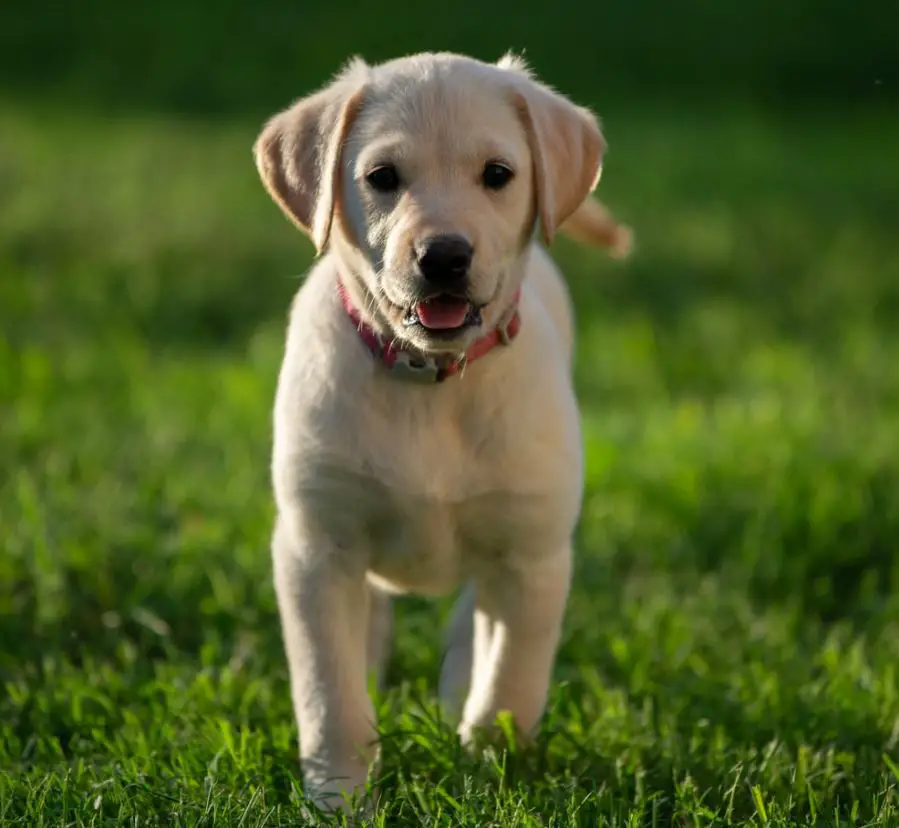
Health issues
One of a Labrador’s health problems is their ears. Because the ears hang, ear infections can be a problem. So you need to clean and inspect his ears regularly. Especially after a romp through the woods or having been in the water.
If you notice dirt in his ears, they need to be cleaned. Take a cotton ball wetted with a dog cleaning ear solution. Gently wipe the ear part you can see, don’t go into the ear canal. If you see there’s a build-up in his ear, then you should consult your vet.
Labrador Retrievers can have other health issues: Hip Dysplasia, Laryngeal Paralysis, Arthritis, Hypothyroidism, Elbow Dysplasia, Seizures, and Cancer. This is why it’s essential to check the health certificates of both parents when purchasing your dog from a breeder.
What About?
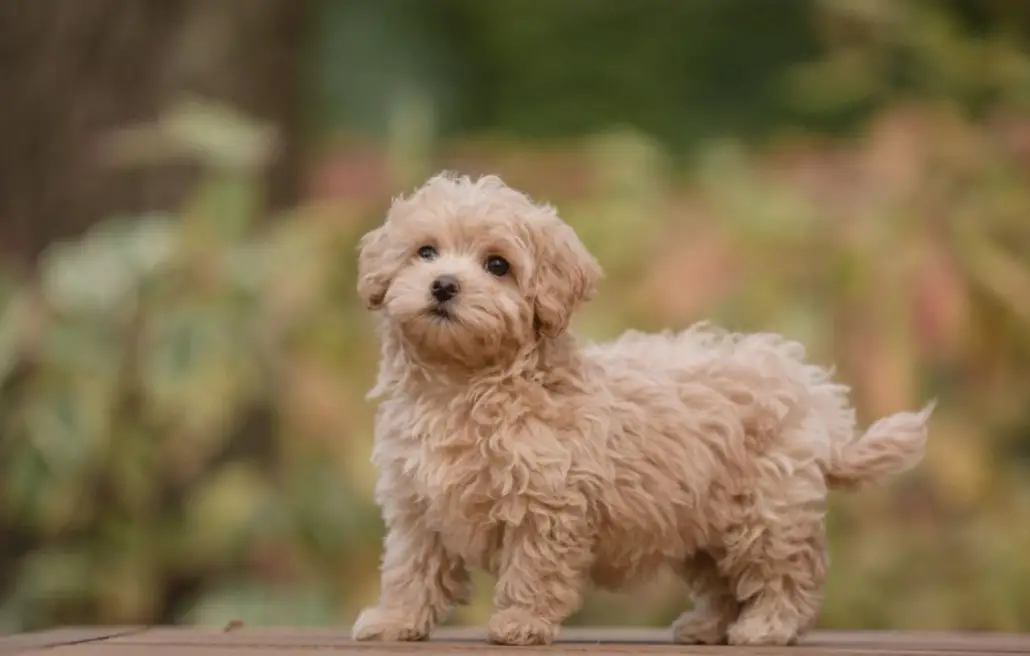
Temperament & Behaviour
These are friendly, happy dogs that love to spend time with their owners. The Maltipoo is loyal to a fault and has the affectionate of the Maltese mixed with the Poodles intelligence.
When socialized at a young age, they will get along with other pets and animals. These are charming dogs that are easy to love.
Exercise Needs
Maltipoos need around 40 minutes of exercise daily. This can be broken into two walks twice a day. Plus, mental stimulation is necessary, so games and playing fetch as good ways for your dog to get it.
Quick facts
- The cost of a Maltipoo puppy ranges from $400 to $2000.
- These are small dogs with small faces and short legs. Maltipoos have ears that perk up when they run and a short tail that waves gently.
- The Maltipoo isn’t recognized by either the American Kennel Club or the Kennel Club.
What About?

Temperament & Behaviour
These are great family dogs who do well when their exercise needs are met. Because these dogs are working dogs, they love to have a job to do. Throwing balls or toys and having your dog retrieve them back to you is one way to get the needed exercise.
This is a natural exuberant breed of dog good with children and other pets. However, they are physically strong dogs. Unless appropriately trained, you will find yourself being drug down the street when taking your dog for a walk.
Chewing can be an issue because the retrieving urge gives these dogs a chewing fixation. Training, exercise, and sturdy chew toys will help combat this behavior.
Exercise Needs
These dogs need a lot of exercise, or they will turn into a couch potato. Labradors need to be walked for about 40 to 60 minutes a day plus yard time.
Training & behavior
Your dog is intelligent and will train reasonably quickly because he loves working with his owner. However, these dogs are easy keepers and can become overweight if not kept on a diet.
Labradors don’t like an irregular daily routine, a household that’s noisy all the time, or frequent guest visits. As a result, they are a bit more sensitive to their surroundings than other dog breeds.
The reward training method works best with this breed.
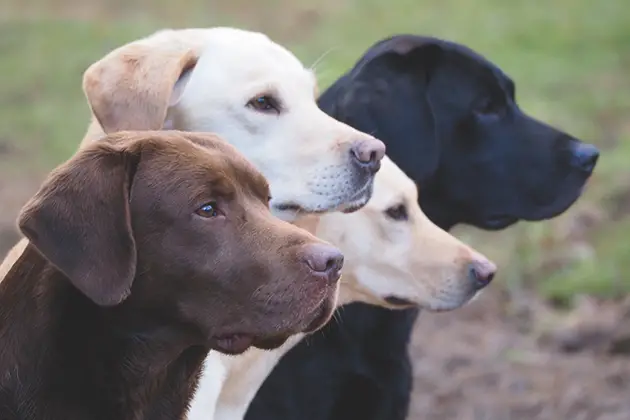
Quick facts
- Labs will tend to “mouth” people, and the quickest solution is to put something in his mouth to carry around.
- These dogs have a strong attraction to water. They will jump into pools, ponds, or puddles. Wherever there is water, that is where they will be.
- This breed isn’t barkers, but they will alert you if someone is at the door.


